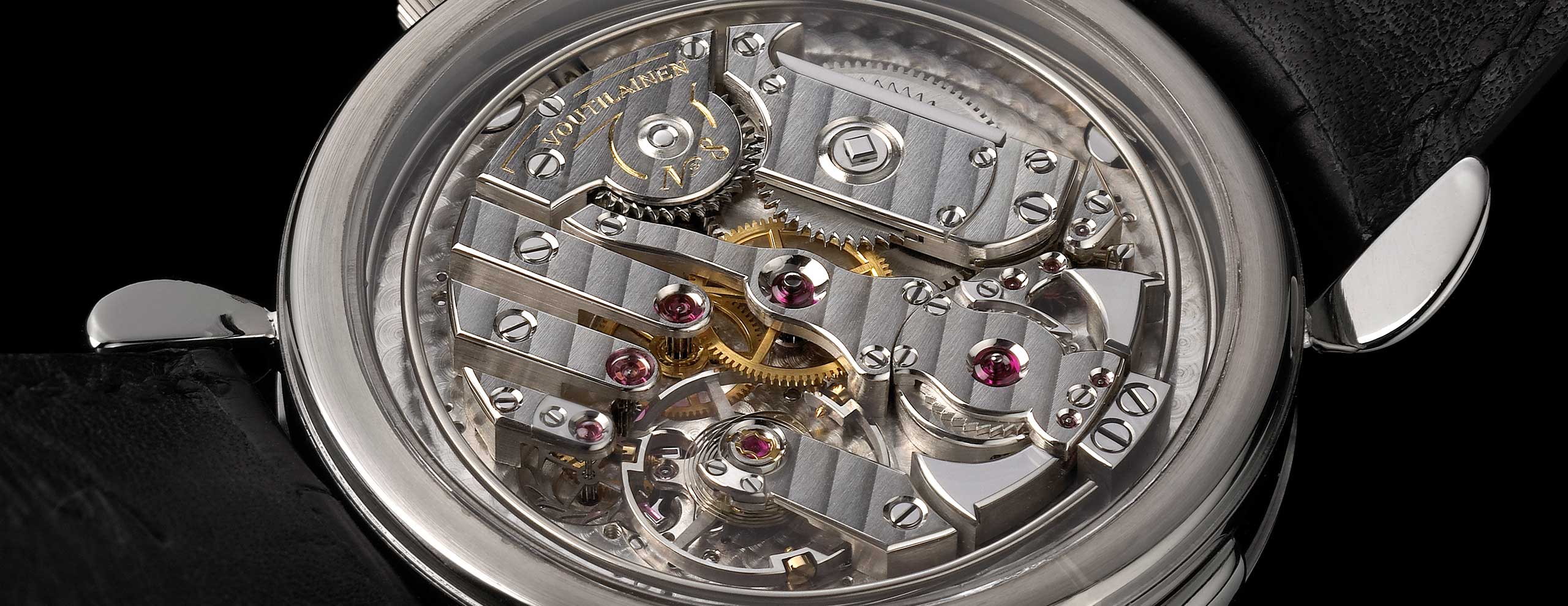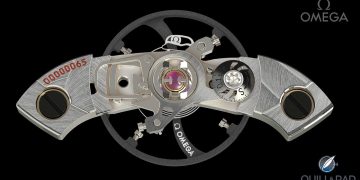Credits: Article and images by Cheryl Chia @ Revolution Watch Magazine. See the original article here - https://revolutionwatch.com/the-basics-and-beyond-minute-repeater/


Chiming mechanisms are undoubtedly the most fascinating and complex in watchmaking, making that of a perpetual calendar and chronograph look like child’s play in comparison. Today, there are generally two categories of chiming watches: the sonnerie, which chimes the time in passing, meaning automatically, and the repeater, which chimes on demand when activated arbitrarily by a pusher or a slide that projects from the caseband.
Despite various efforts to create more affordable chiming watches, most recently, the impressive Christopher Ward C1 Bel Canto which chimes the new hour in passing, full minute repeating or grande sonnerie watches have remained resistant to democratization due to the immutable manhours involved.
Literature on repeaters is often written for those already familiar to some degree with the art, making it challenging for laypeople to follow. What I have found to be a genuine aid in visualization is to understand how the going train of the watch, the striking mechanism and repeater gear train are connected.
Striking Mechanism
A chronograph mechanism is linked to the going train by means of the fourth wheel whereby an extension wheel is added on top of it to drive the coupling wheel. A perpetual calendar mechanism, on the other hand, is linked to the going train by means of the 12-hour wheel in the motion works, making it, as opposed to a chronograph, a dial-side complication. A minute repeater or grande sonnerie is also a dial-side complication as the striking mechanism is connected to the going train of the watch by having both its quarter and minute snails fixed to the cannon pinion shank, forming the only point of connection. In a chiming mechanism, snails are cam-like components with steps corresponding to the number of hours, quarters or minutes to be struck.
However, unlike a perpetual calendar where its mechanical components are aligned to and directly drives calendar displays on the dial, a chiming watch does not have indicator hands beyond the time and thus allows for some variety in construction. For instance, the striking mechanism can be relocated from bottom to the top plate (bridge side) of the movement when desired. This is done by extending the cannon pinion and attaching the quarter and minute snails before the hour wheel. With the chiming mechanism located on the bridge side, the hammers and gongs can, in turn, be exhibited on the dial. This construction offers the best of everything — the striking can be observed on the dial while the sound generated by gongs can travel forward towards the wearer and the complex striking mechanism is visible on the back. A handful of watches feature such a construction, including the Greubel Forsey Grande Sonnerie, the Carl F. Bucherer Manero Minute Repeater Symphony, the Bulgari Octo Roma Carillon Tourbillon and the recent Hermès Arceau Duc Attelé.
Credits: Article and images by Cheryl Chia @ Revolution Watch Magazine. See the original article here - https://revolutionwatch.com/the-basics-and-beyond-minute-repeater/











